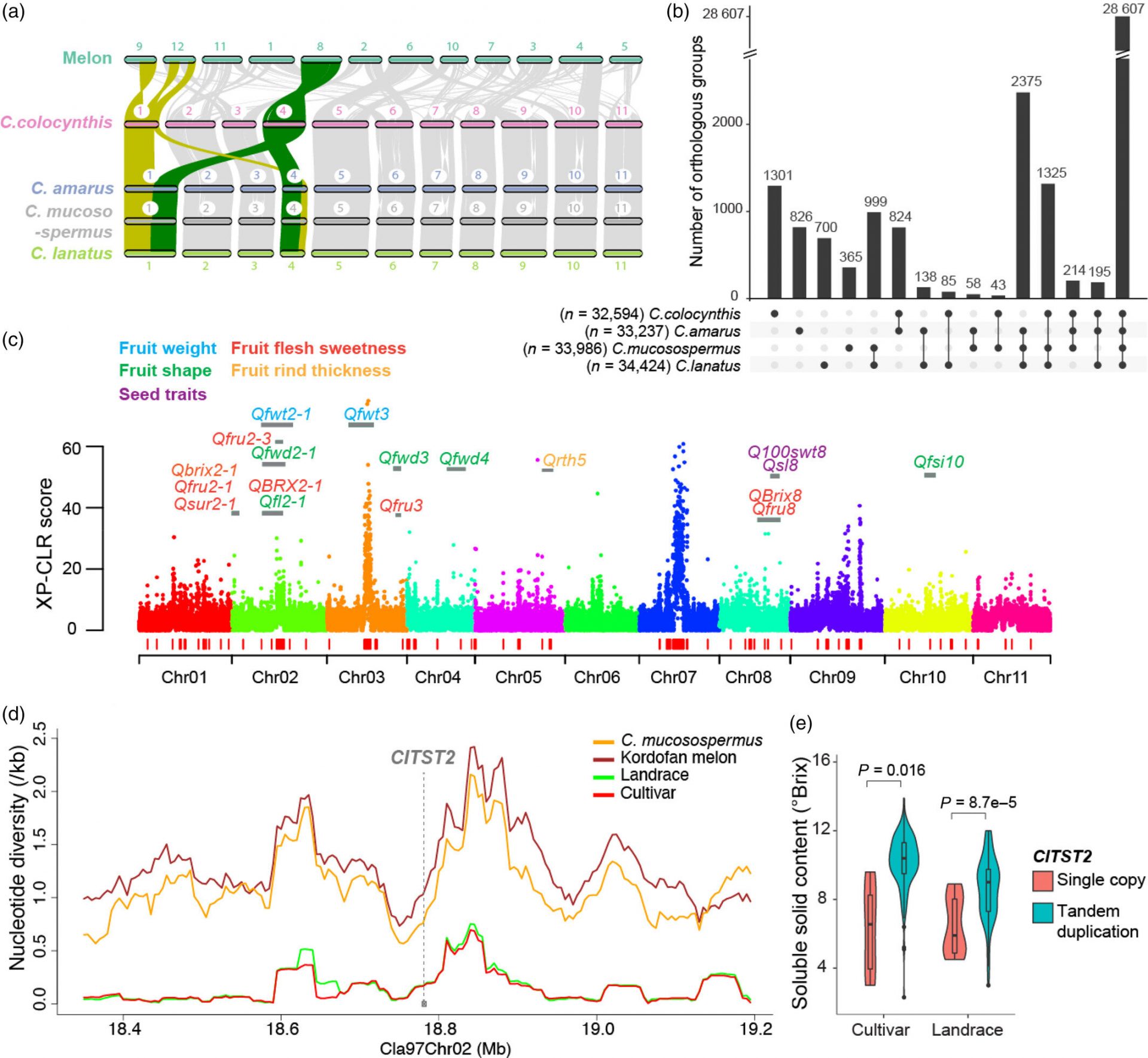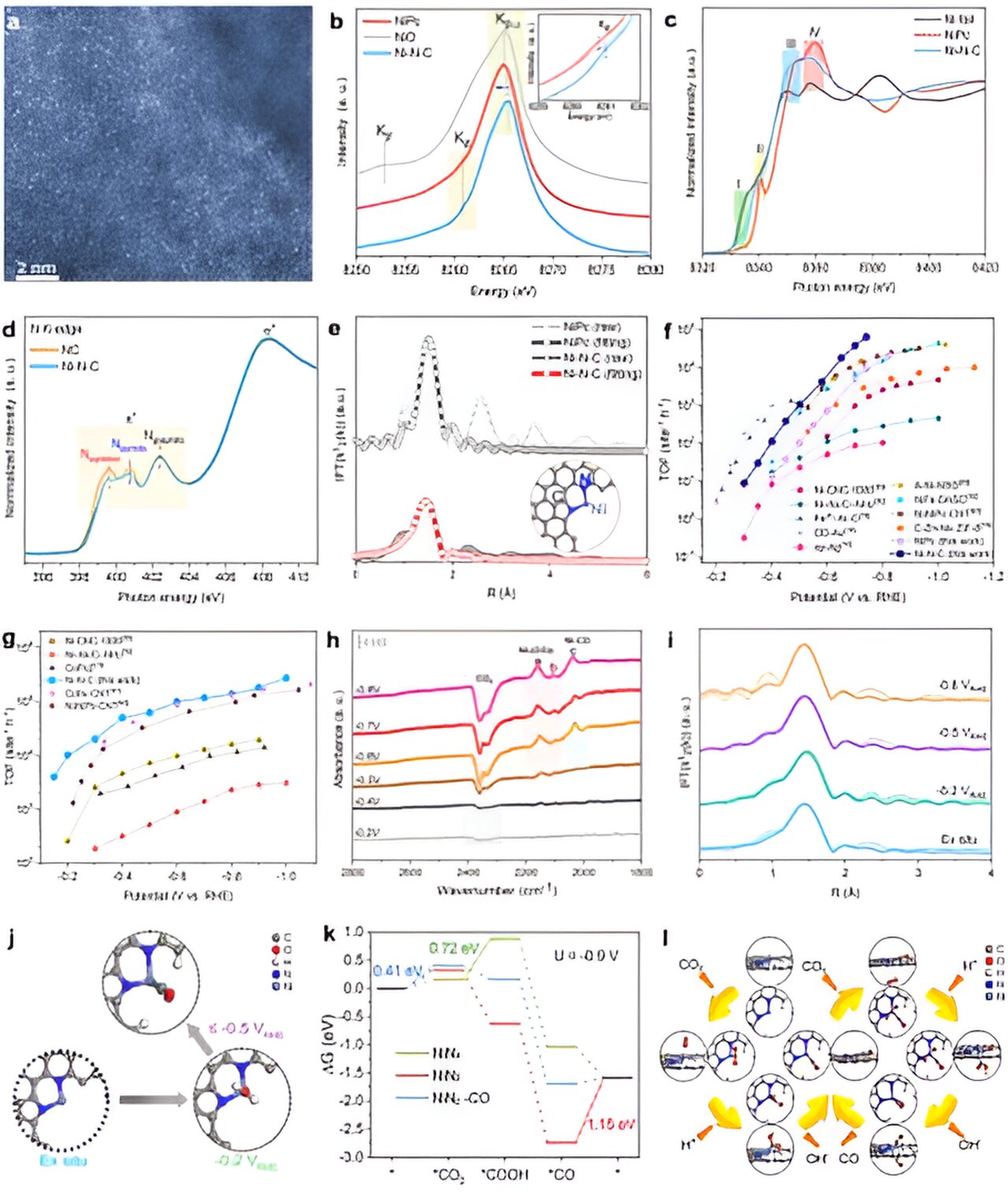Watermelon is not just any ordinary fruit. It holds immense global significance, both in terms of its production and economic value.
Scientists at the Boyce Thompson Institute have embarked on an exciting journey to unlock the secrets of watermelon and its wild relatives. Their groundbreaking research has revealed beneficial genes that were lost during domestication, which could greatly enhance disease resistance and fruit quality in this vital crop.
“We wanted to delve deeper into the genetic variations that make watermelons so diverse and unique,” explained Professor Zhangjun Fei, the lead author of the study. “Our findings not only shed light on the evolutionary path of watermelons but also have significant implications for breeding and disease resistance.”
The team constructed a comprehensive “super-pangenome” for watermelon by analyzing reference genome sequences and genome resequencing data from 547 watermelon accessions across four species. These species include cultivated watermelon (Citrullus lanatus) and its wild relatives C. mucosospermus, C. amarus, and C. colocynthis.
Through their analysis, they discovered that many disease-resistance genes present in wild watermelons were lost during domestication. Early farmers prioritized traits like sweetness, flesh color, and rind thickness, inadvertently sacrificing these beneficial genes. However, the researchers believe that reintroducing these genes into modern cultivars could lead to the development of more resilient watermelon varieties.
One key finding of the study, recently published in the Plant Biotechnology Journal, was the identification of a sugar transporter gene called ClTST2. This gene, which enhances sugar accumulation and fruit sweetness, underwent a tandem duplication during domestication. While rare in wild watermelons, it was selected by early farmers.
“The super-pangenome serves as a valuable genetic toolkit for breeders and researchers aiming to improve cultivated watermelon,” emphasized Fei. “By understanding the genetic makeup and evolutionary patterns of watermelons, we can develop varieties with higher yields, increased disease resistance, and improved adaptability.”
,,,








